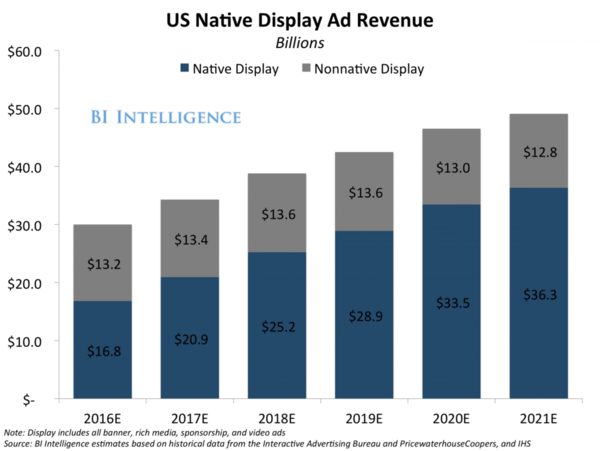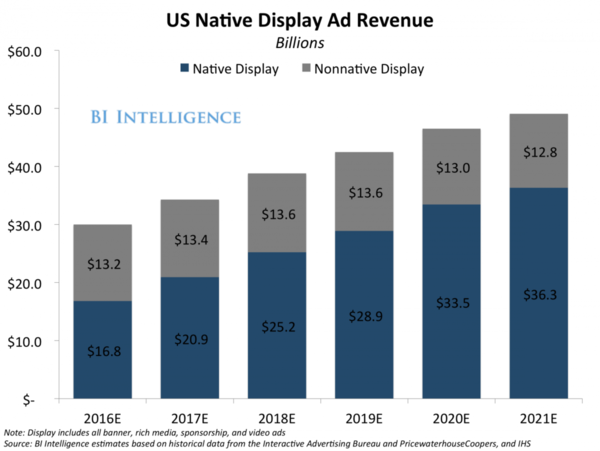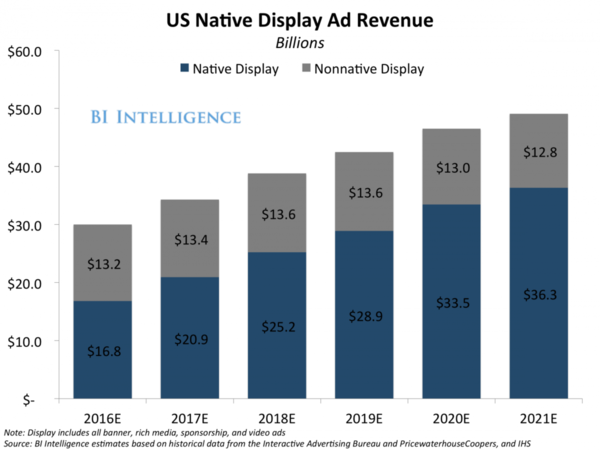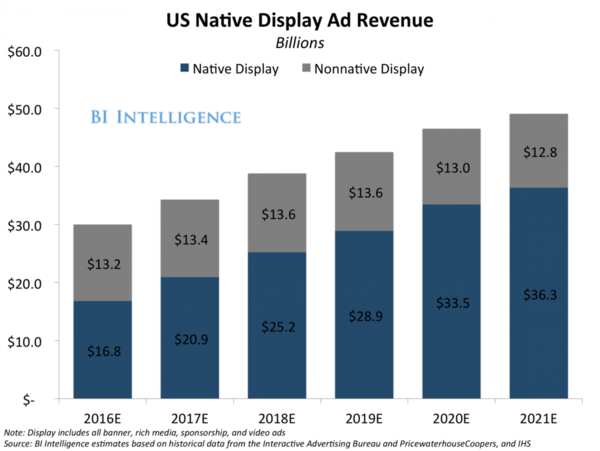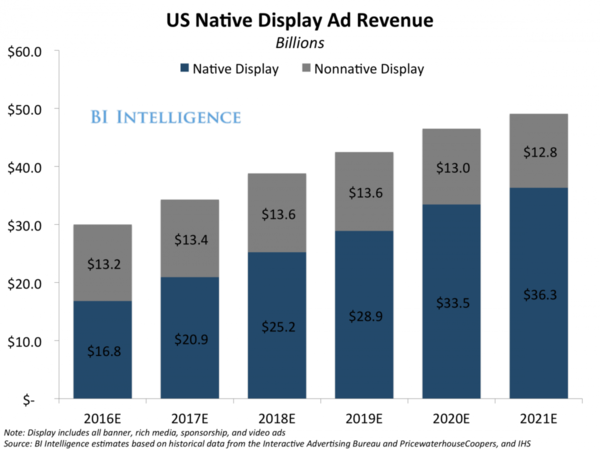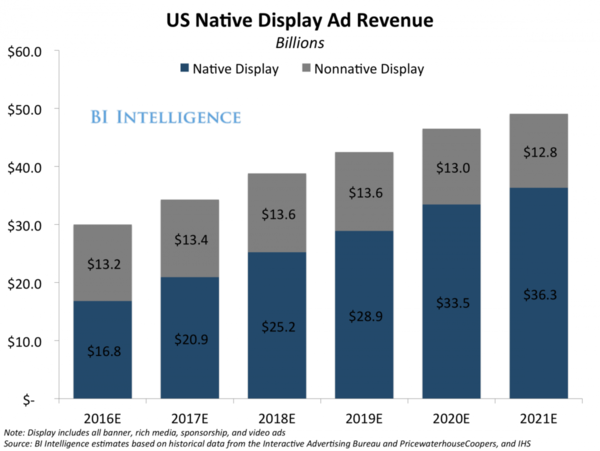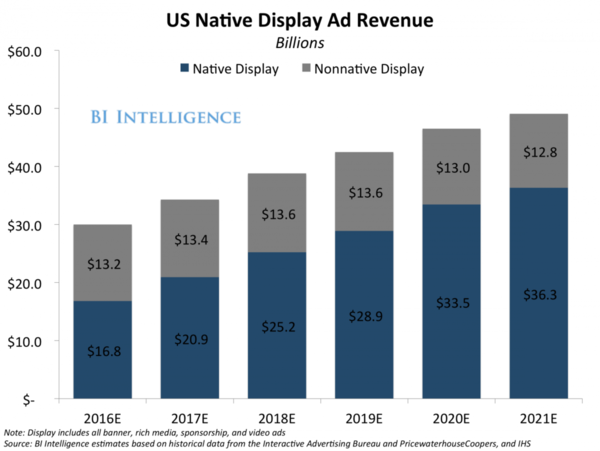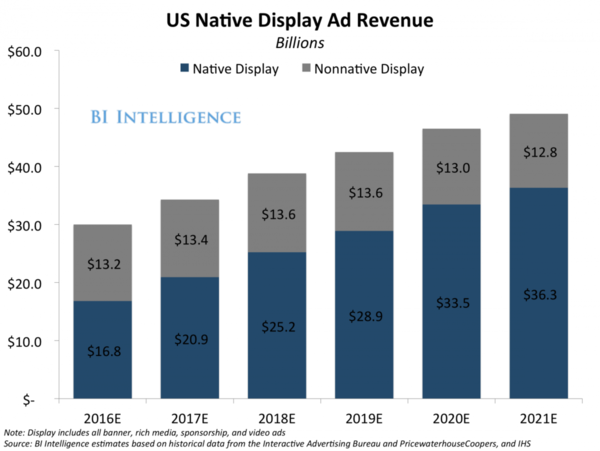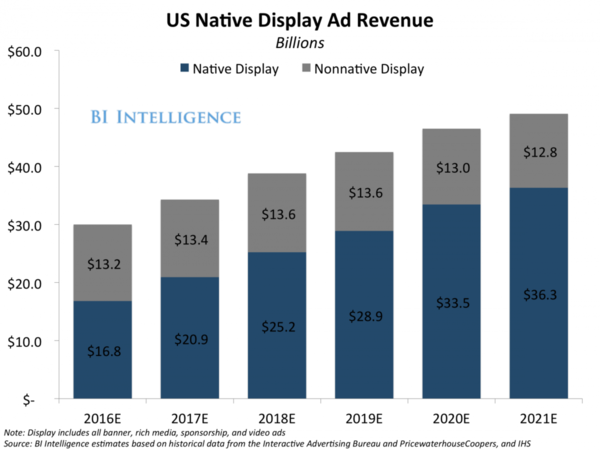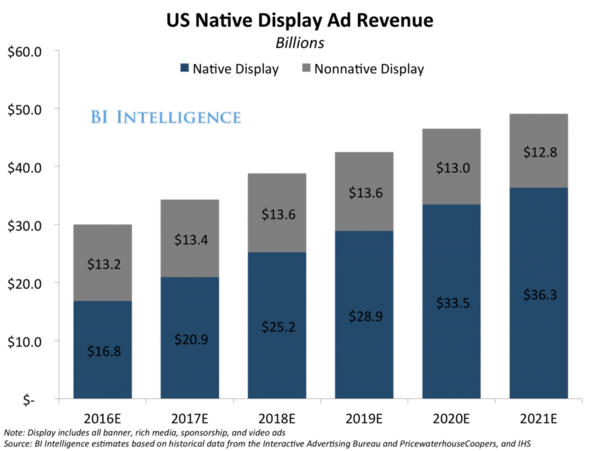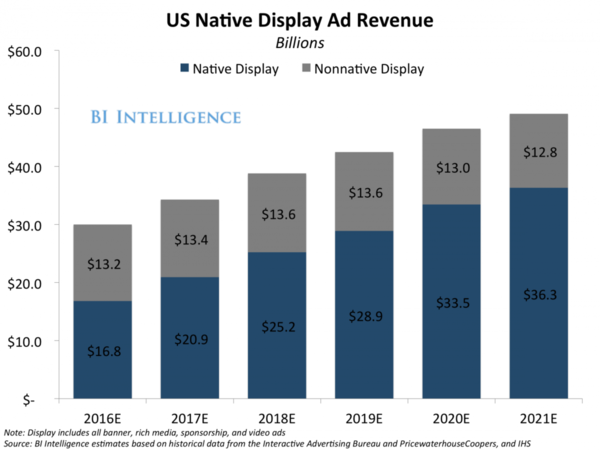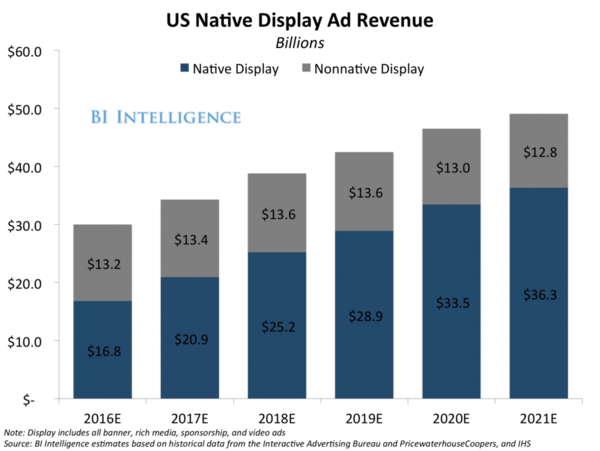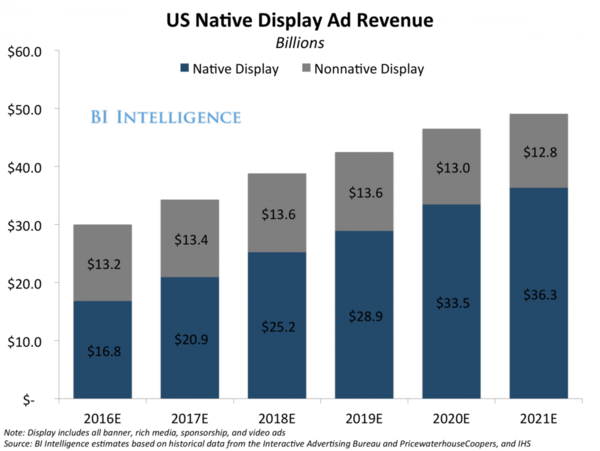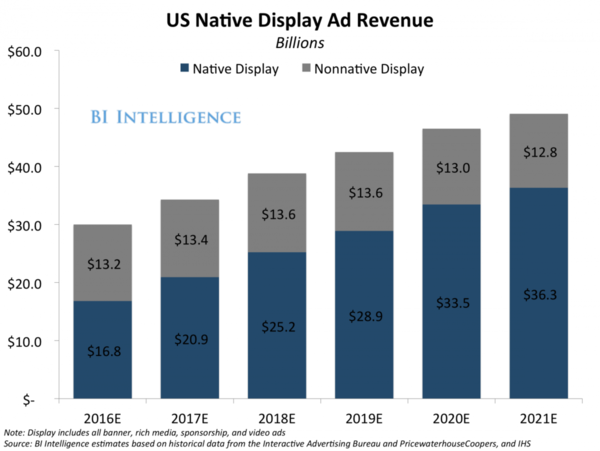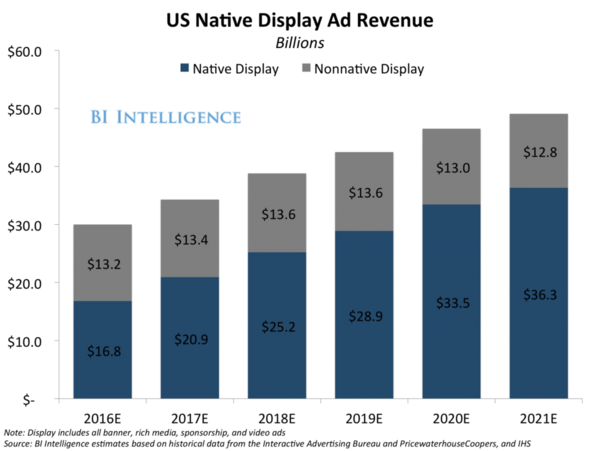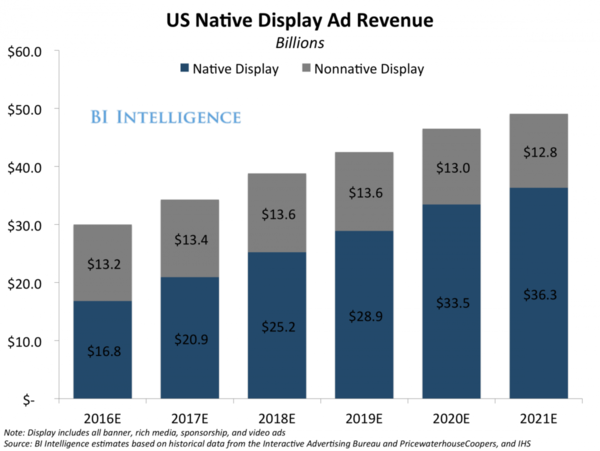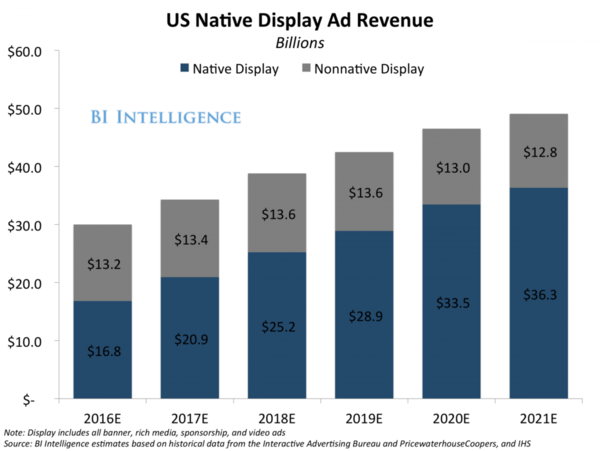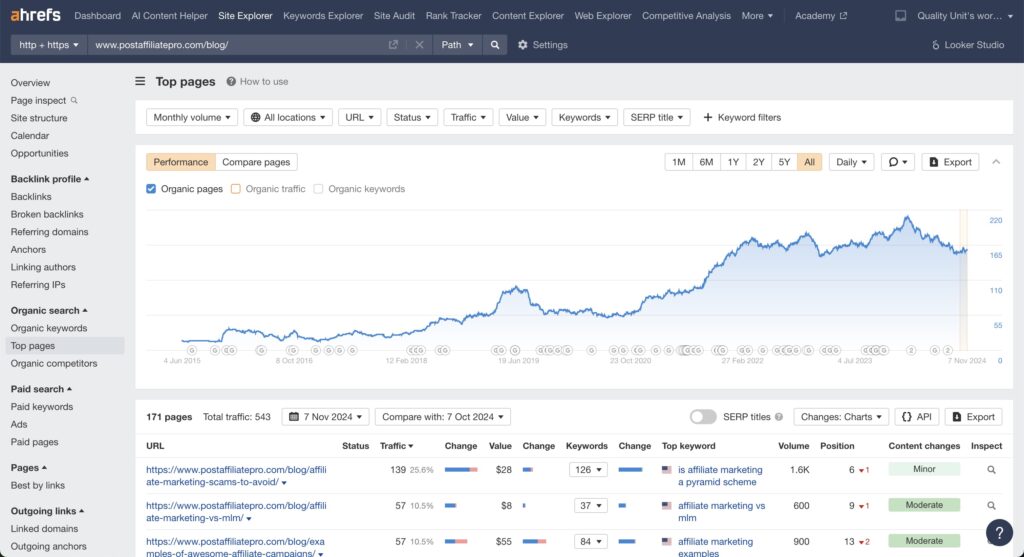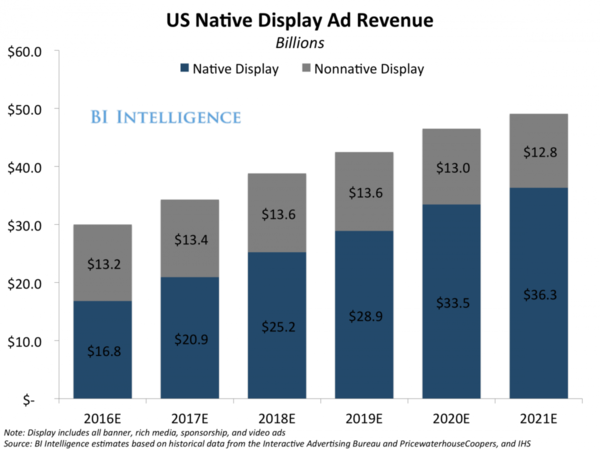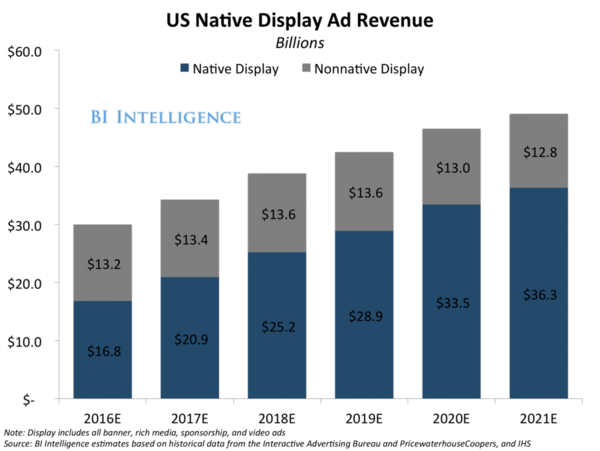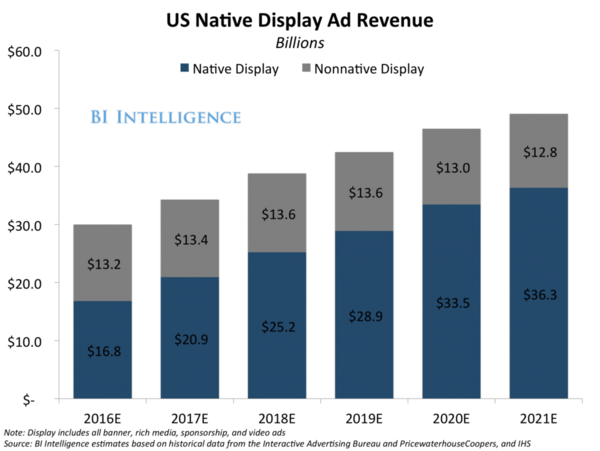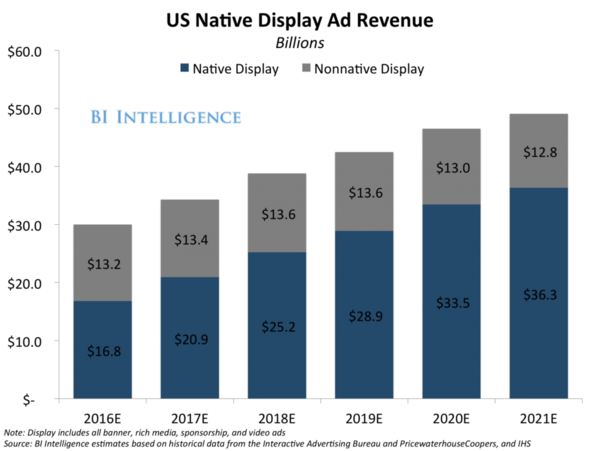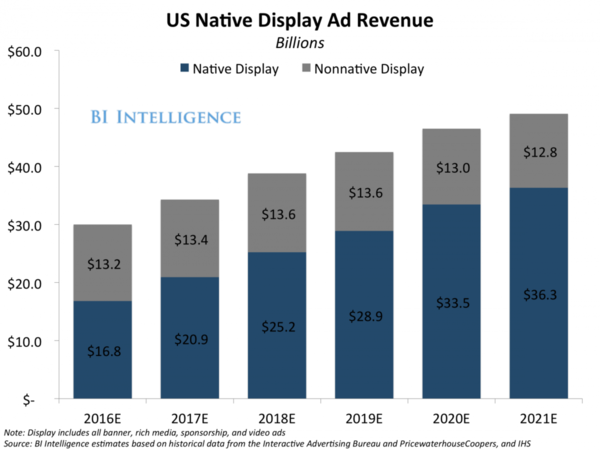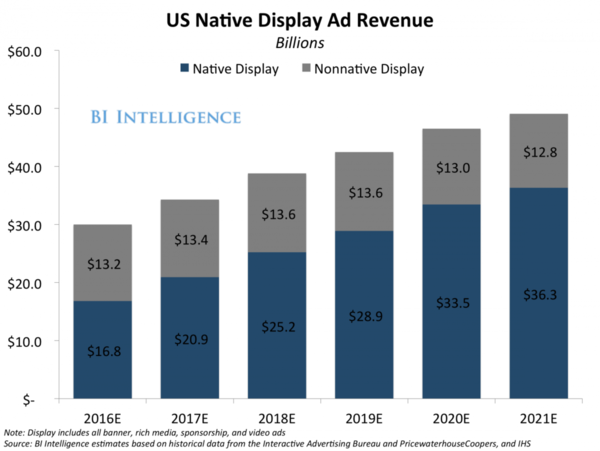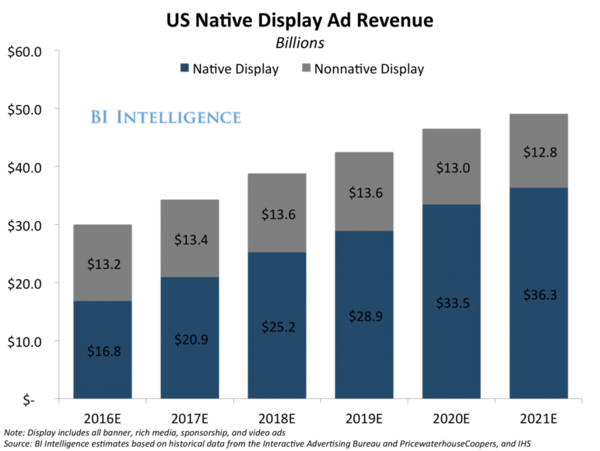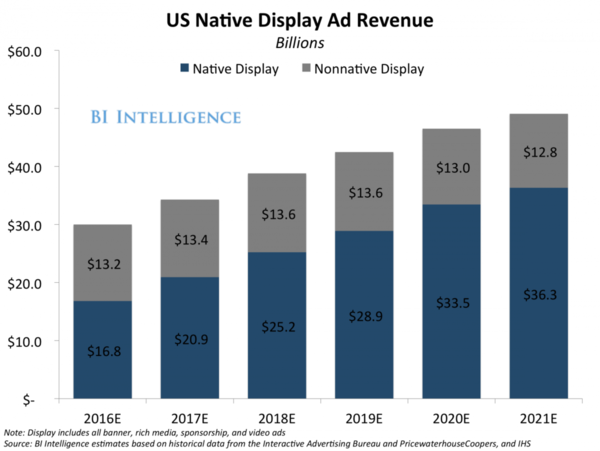
Demand-Side Platforms (DSP)
Demand-side platforms (DSPs) are software solutions that automate the purchase of digital ad inventory, enabling advertisers and agencies to buy ads efficiently...
Welcome to our comprehensive Affiliate Marketing Glossary, your essential guide to mastering the language of affiliate marketing. Spanning from the fundamental to the advanced, these popular affiliate marketing terms serve as an invaluable resource for understanding the mechanisms and strategies within the affiliate marketing industry.
Demand-side platforms (DSPs) are software solutions that automate the purchase of digital ad inventory, enabling advertisers and agencies to buy ads efficiently...
Direct billing flow enables users to make payments directly from their mobile phone balance or have charges billed to their phone account, streamlining transact...
Direct buy is a process of buying traffic and impressions in bulk directly from website owners. It takes a long time and skills to negotiate a good price.
Direct linking is a method of linking straight to an affiliate’s offer without any other parameters in the URL. Post Affiliate Pro includes this feature.
A disclosure is an information or notification on website advising visitors, that they are on affiliate’s website. It informs customers about affiliates.
Domain authority is a ranking score created by Moz. Websites with higher domain authority often have many high-quality external links and are more likely to ran...
Domain name is a specific address of a web server, which transfers a visitor to a certain website. It's used instead of an IP address.
Double opt-in is a method requiring email subscribers to confirm their subscription via two steps, ensuring valid addresses and engaged audiences for effective ...
Duplicate content refers to identical or similar content appearing on multiple URLs, either within a single website or across different sites. While not illegal...
Dynamic tracking is an essential process in affiliate marketing, enabling real-time data collection and analysis to optimize campaigns, maximize ROI, and improv...
E-commerce is a way of selling and buying products or services online through the Internet. Find out more about it and its benefits in the article.
Earnings per click (EPC) is a metric that shows the average revenue for each click to an affiliate link. Learn how EPC is calculated, its significance in affili...
Email marketing is an easy, fast and time-saving way of marketing. Companies can keep their customers informed about their newest offers every time.
Extensible markup language (XML) is responsible for encoding documents in a format readable by humans and machines. Read the article to learn more.
Feeder sites are related blogs, forums or websites, that offer a simple and effective way to get targeted traffic and quality backlinks.
A fired pixel is a snippet of code embedded on web pages that activates upon specific user actions, transmitting data back to the server to offer insights into ...
The first click, also known as a first interaction model, is generally made when a customer interacts. Find out more in the article.
Discover the role of a Fractional CFO, their responsibilities, benefits for startups and SMEs, and their impact on affiliate marketing financial management.
Frequency capping is a digital advertising technique that limits the number of times an ad is shown to a single user within a specific timeframe. It prevents ad...
Geo-targeting is a way of identifying a website visitor’s geographical location by a unique IP address. Learn how geo-targeting enhances marketing effectiveness...
Graphics interchange format, also known as GIF, is an image file that supports static and animated images, making it ideal for web use and digital marketing.
Grey Hat SEO is a middle ground between white hat and black hat SEO, utilizing strategies that are not explicitly endorsed or prohibited by search engines. Unde...
Learn what a high-ticket affiliate program is, how it works, its benefits and challenges, and discover top examples and tips to succeed in high-ticket affiliate...
A sitemap is a simple outline of a page that makes it easier to navigate. There are two kinds of sitemaps: HTML sitemaps and human-readable sitemaps.
There are many different types of ad networks, such as vertical, blind or targeted networks. Check out more about ad networks to improve immediately.
CSV files, also known as comma separated values, contain structured data in a table format. Learn how CSV files are used in affiliate marketing for data exchang...
Learn how title tags impact SEO performance, affect search engine rankings, and drive click-through rates. Discover best practices, common mistakes, and optimiz...
HTML, also known as hypertext markup language, determines how text and images will appear on a website. See the article for more information.
Hyperlink is a word, text or picture on a web page or in a document, that is clickable. Learn more about different types of hyperlinks.
Impression is the number of times a banner, text, link or other promotional material is shown. Learn more about the effects of increased impressions.
In-house is an affiliate program managed by a merchant using just an affiliate software. Check out the article to learn more about the benefits.
Inbound linking improves a website’s rank and is a crucial part of successful SEO. Learn what inbound links are, their importance for affiliate marketers, and h...
Incentivized affiliate is where traffic is referred on stimulus or motivation in order to do a certain action that creates a commission for the affiliate.
Indexing is a process when a certain webpage is found by crawlers. Key signals are noticed and all data is tracked in the index.
Indie program is an affiliate program owned and run by a merchant. Find out more about it and its benefits in the article.
Discover influencer partnerships in affiliate marketing—how brands collaborate with social media influencers to boost reach, credibility, and sales through auth...
Internal linking is a process when one link placed on a web page, links a visitor to another web page. Learn how internal links improve your website's SEO.
Discover the meaning of Involved Affiliate in affiliate marketing. Learn how personal experience and authentic endorsements build trust, credibility, and drive ...
Joint venture is an agreement and cooperation between two companies. Each participant shares responsibility for costs, losses, and profits.
The keyword density measures the percentage of indexable text words. Discover how to avoid keyword stuffing and optimize your SEO strategy.
Keyword research is a foundational technique in digital and affiliate marketing for identifying valuable search terms. Learn how to find the right keywords, imp...
Keywords summarize the content of a topic or a web page so you can quickly find documents or information on the internet. Discover the types of keywords, how to...
A landing page is created by the merchant and it can be any webpage on merchant’s website. Learn more about landing pages and its benefits.
Last click is a model where the program gives all credit to the user or marketing channel. It is usually used by a not skilled merchant.
Learn what Lifetime Value (LTV), also known as Customer Lifetime Value (CLV), means in affiliate marketing. Discover how to calculate, use, and maximize LTV to ...
Link building is the process of acquiring hyperlinks from other websites to your own, crucial for improving search engine rankings, driving referral traffic, an...
Learn what link building services are, why they matter for SEO, and how professionals use proven techniques to acquire high-quality backlinks for better search ...
Link cloaking is a technique used in affiliate marketing to disguise the destination URL of affiliate links, making them cleaner, more trustworthy, and protecti...
Link farm is a group of websites specially designed for raising outbound links to other websites. Find out more in the article.
Link juice is the value or authority passed to a website via links from one page to another. It is an essential part of SEO strategy that boosts your site's aut...
Loyalty affiliates incentivize consumers to take specific actions—usually leading to sales—by offering rewards such as cashback, points, or discounts. They buil...
LSI, also known as latent semantic indexing, is a mathematical method used by search engines in order to reduce spam websites and improve content relevancy in S...
Manual approval is a process of accepting an affiliate as a member of an affiliate program. Learn why merchants manually review affiliate applications, its bene...
Learn all about Master Resale Rights (MRR), how they differ from PLR, RR, and Personal Use Rights, and their role in affiliate marketing. Discover the benefits,...
Maximum budget is the highest amount of money allowed to spend on a campaign. Learn its importance in affiliate marketing, strategies for setting it, and how ex...
A meta description is a brief and straightforward text that describes the content of a web page. Learn how it can affect your SEO.
Meta refresh redirect is an HTML technique that instructs a web browser to reload or redirect a page after a set interval. While easy to implement, it is less c...
Website meta tags contain information about a website, written in HTML code, and are not visible to external visitors.
The meta title is the name of the web page that visitors can see in search results. Find out how appropriate meta titles can benefit you.
Micro conversions are user actions that indicate a likelihood to convert. Discover what micro conversions are, why they matter in affiliate marketing, how to tr...
Affiliate Marketing Glossary
As we lay the foundation with the essentials of affiliate marketing terms, it’s time to pivot toward understanding why these terms are not just words but tools for success. Delving into the importance of this terminology will reveal its power in the affiliate marketing ecosystem. Our focus on affiliate marketing terms and definitions ensures that you’re equipped with the knowledge needed to navigate this dynamic field.
Navigating the affiliate marketing landscape requires a solid grasp of specific terminology. Knowing these affiliate terms is essential for success in the industry because it allows for clearer communication with partners, better strategy formulation, and more effective campaign analysis. Terms such as “Affiliate Network,” “Conversion Rate,” and “Cost Per Action (CPA)” are fundamental, yet understanding their nuances can significantly impact the effectiveness of your marketing efforts.
This glossary aims to demystify affiliate marketing jargon, providing a clearer path to achieving your marketing goals. By familiarizing yourself with this terminology, you can effectively strategize, analyze, and optimize your affiliate marketing campaigns, ensuring that you are leveraging every opportunity for growth and profitability.
To make the most out of this glossary, view it as a dynamic learning tool rather than a mere reference. Engage with it actively by incorporating the terms into your marketing plans and discussions.
Regular revisitation and practical application of these terms in your strategies can facilitate better assimilation of the knowledge contained herein. This approach not only enriches your understanding but also enhances your ability to apply these concepts effectively in real-world scenarios.
As you grow more familiar with the terminology, you’ll find it easier to navigate the complexities of affiliate marketing and to communicate more effectively with peers, partners, and platforms.
Having established a baseline of affiliate marketing knowledge, we’re poised to take the next step forward. Let’s now explore some of the advanced terminology that opens up a deeper understanding and application of affiliate marketing strategies, pushing beyond the basics toward mastery. This journey into popular affiliate marketing terms will further your ability to craft sophisticated marketing strategies.
As you delve deeper into the world of affiliate marketing, you’ll encounter more complex terms that are key to unlocking higher levels of success. Understanding advanced concepts such as “Earnings Per Click (EPC),” “Lifetime Value of a Customer (LTV),” and “Return on Investment (ROI)” can provide you with a competitive edge.
These terms help in evaluating the efficiency and profitability of your affiliate campaigns. For instance, “Earnings Per Click (EPC)” measures the average revenue generated per click on an affiliate link, offering insights into the performance of your affiliate efforts. Knowing and applying these advanced terms in your strategies will enable you to optimize campaigns, allocate resources more effectively, and achieve sustainable growth.
This glossary is designed to be a cornerstone of your affiliate marketing education, helpful for beginners who are getting acquainted with the basics and for experienced professionals seeking to deepen their knowledge and refine their strategies.
We encourage you to explore, learn, and revisit these terms as you navigate the evolving landscape of affiliate marketing. With this glossary as your guide, you’re well-equipped to expand your marketing prowess and to forge successful affiliate partnerships that drive your business forward.
Manage multiple affiliate programs and improve your affiliate partner performance with Post Affiliate Pro.

